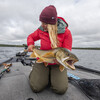
Ice Fishing With Fido
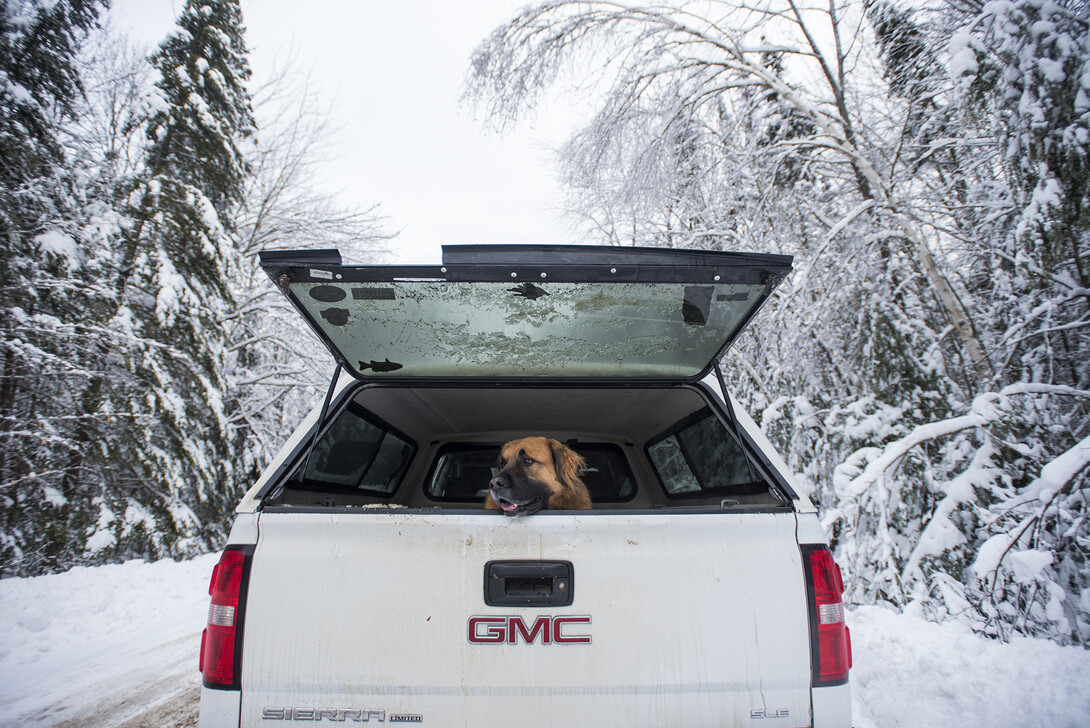
If you’ve been toying with the idea of bringing along your pup or training your new pup for fishing adventures, but you aren’t sure how they’ll behave on a boat or confined space, ice fishing may be your answer.
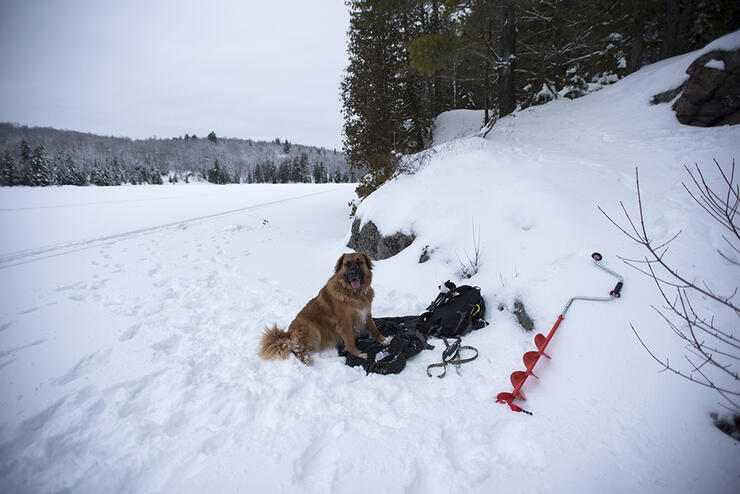
Ice fishing is the perfect opportunity to teach your dog the ins and outs of fishing, only simplified.
Safety tips for ice fishing with your pup
Later in the season when the ice is more reliable and you’ve become aware of the lakes you’re fishing, consider bringing Fido along for the day. Here are some additional safety tips to keep in mind to set you and your dog up for success out there.
- If your dog doesn’t have a good recall (even if they do, circumstances can change quickly if other people, dogs, and wildlife are involved) a leash or long lead would be in your best interest. You don’t want to be the person rescuing their dog that turns out needed rescuing as well.
- Only bring your dogs if you’re walking out—unless they’ve been trained to ride on a four-wheeler or in a side-by-side.
- Keep your pup clear of the auger and its blades at all times. Keep those blade guards on.
- Keep your bait out of reach of your pup. A plastic tackle box is best when not on your rod or in the water.
- Keep your dog warm, providing them with somewhere to get their feet off the ice. Comfort will be key to keeping them settled as well.
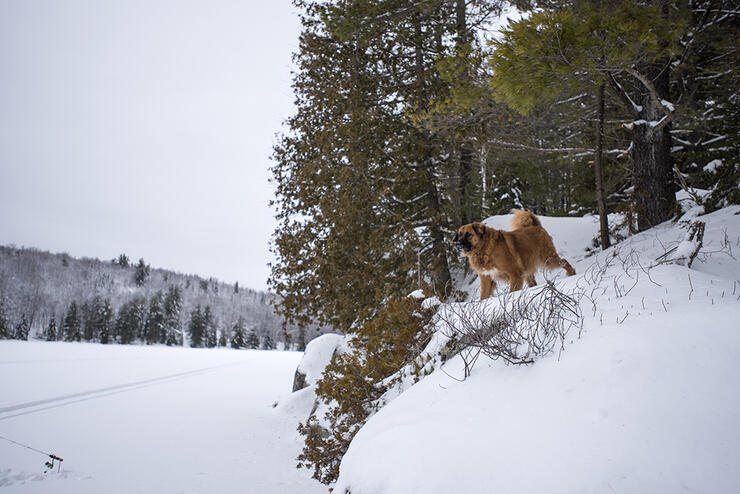
Learning on Ice Versus A Boat
Introducing your dog to ice fishing is easier than starting them off on a fishing boat, for a number of reasons.
- You’re not having to cast, removing extra excitement from the experience. For dogs who are easily stimulated/curious, this is a bonus. More tips on this below.
- Simple commands such as stay, no, sit and come will be the only ones you’ll need to worry about and will go a long way if you need to get their attention quickly, or need them out of the way of the hole landing a fish.
- Not being confined to a boat gives your pup the space and time to figure out what you want them to do in similar situations.
- Exercise for your pup will be valuable to their health, and as long as a hole is open they’ll have drinking water as needed all day. (Be sure you make them wait before drinking so they don’t upset rods/tip-ups)
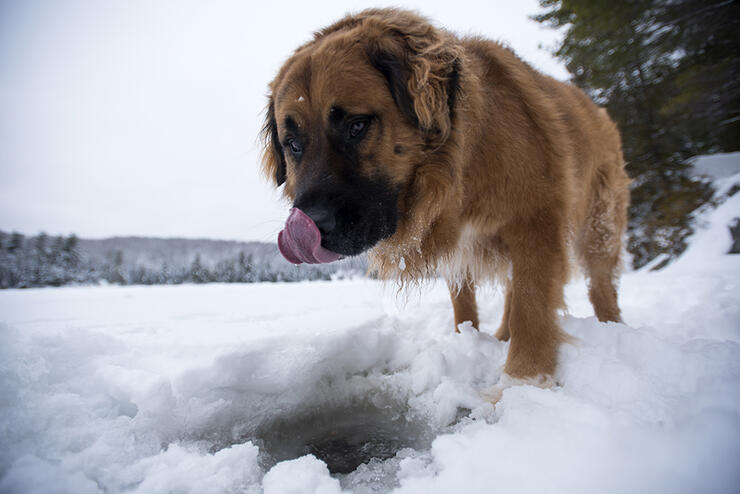
Boundaries and Training Tips
- Keeping your dog out of your snacks and live bait may be your biggest challenge. Packing snacks of their own to distract and reward them for good behaviour is a great way to reinforce good behaviour.
- Keep your dogs away from your gear. Make them a space a few paces away to keep them out of hooks, food and mischief altogether. A clear area where you want them to be will make it easier for them to navigate your commands as well. But don't expect them to stay there at all times.
- Once you’re all set up, do a couple of fake casts over your head with no gear or lures attached to your ice rod. Do this while paying zero attention to your dog. Once they realize you’re throwing nothing, they’ll be desensitized to this motion. All the better for boat time in spring. Do this every time you take your dog ice fishing.
- If your dog shares the hut with you, be sure to pack them a blanket or bed they can sleep on when the action is slow.
- Create a perimeter that you’re comfortable with for your dog to have a max distance allowed. Even if you have the lake to yourself the next time your dog will know it's not supposed to leave your area or disturb others.
- If you have your dog off-leash, remember that not everyone is a dog lover, nor will they keep their hooks or food out of reach. Assume your dog visiting them is not ideal and keep your dog nearby or leashed. Dogs on the ice are still considered dogs at large.
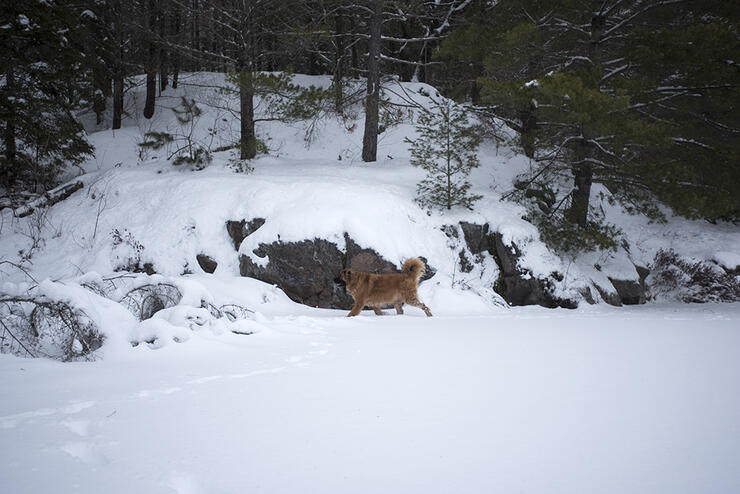
Spring's Just Around the Corner
Pack light. Especially if the first few times out are training missions. If you can get away with a hand auger, a small tackle box, a fold-up stool and rods, you’ll be happy you didn’t make yourself juggle a bunch of gear and your dog. After all, we always end up using half the things we bring anyhow.
Give yourself and your dog the time to figure this out, even if you just start with drilling holes, setting out one line and keeping them busy for a while with training and treats. The less attention on the actual activity of fishing the better, that way when you start swinging rods overhead in the spring your dog will think nothing of it.
Although some breeds are more receptive to training and discipline (people pleasing) than others, by keeping your gear organized and sending clear messages to your dog about what you want them to do, you’ll be surprised how much direction your dog is capable of soaking up!
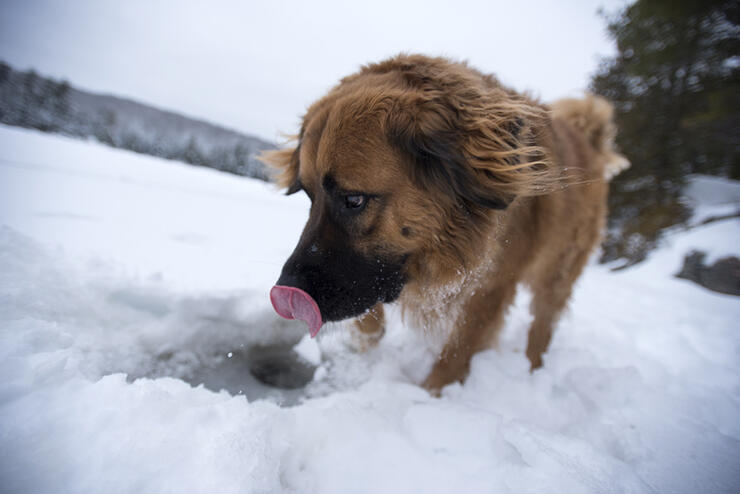
Recommended Articles

Cast Into the Heart of a Walleye Paradise
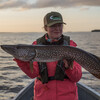
Kesagami Lake

The Tigers of Sunset Country

Eating Northern Pike
Ontario Brook Trout

Best WhiteFish Tactics

A Whole Lota Lovin'
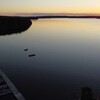
Summertime Walleye

Fly-in Fishing
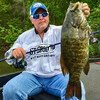
Mississagi Multi-Species Magic

10 Tips For Ice Fishing Safety

Big Basswood Lake Resort

Speckle Splake Spectacular

Shoreline Strategies

10 Facts About Lake of the Woods
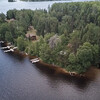
Happy Days Full of Bass
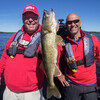
Year Round Fishing in Ontario
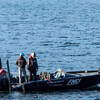
Trolling for Walleye

